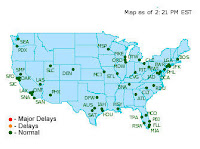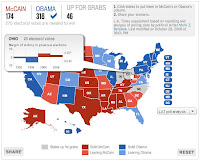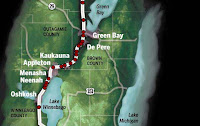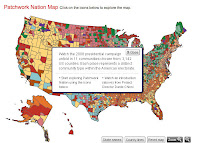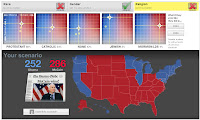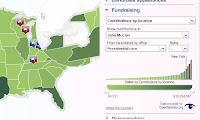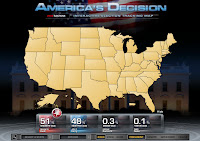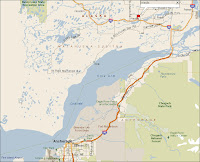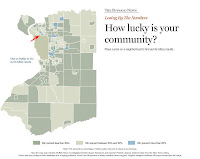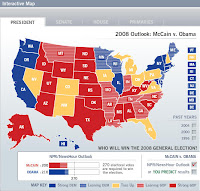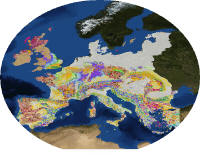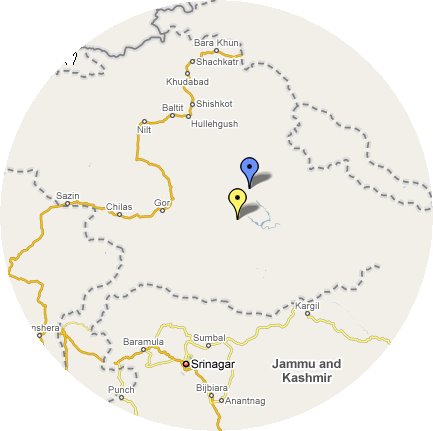Weather Channel Utilizes "Near" Real-Time Images for Road Conditions
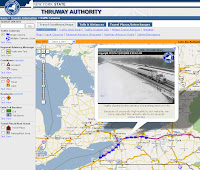
The Weather Channel has taken to augment their early morning traffic and travel reports with webcams of major roadways. It's another sign that people are not just tuning in to hear about their local weather but want as close to real-time information as necessary. Now, it's a too much for the Weather Channel to cover all major metros which is why people still tune into local news stations for helicopter reports and live feeds. But the information that will be required by travelers will be in-vehicle reports with live camera feeds to traffic conditions miles ahead of where the driver is currently. I think more drivers with in-vehicle navigation systems will demand connected devices to show these types of live feeds as many state and city departments of transportation currently do. As an example, the image above is from the New York State DOT. We are certainly getting closer to connecting people with the real-time information that they need.
